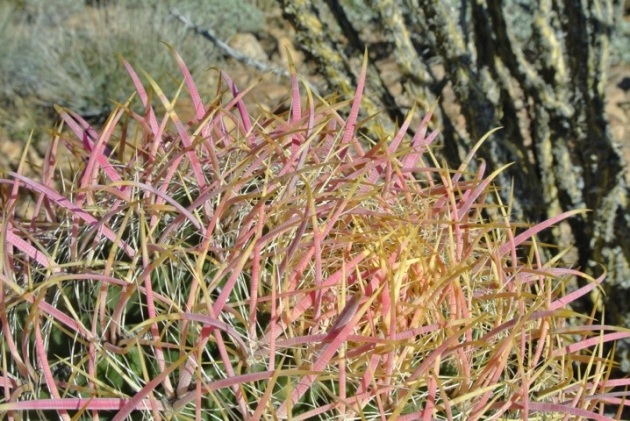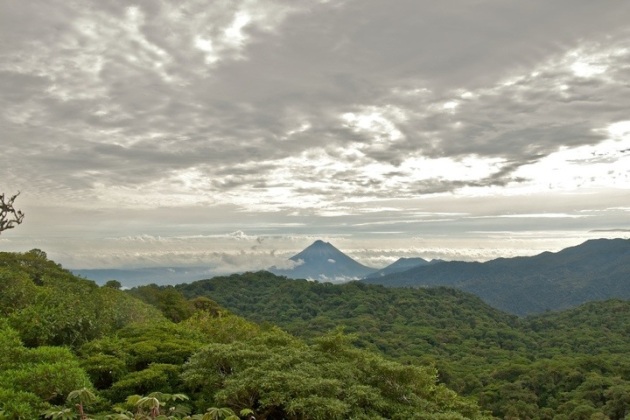No V2 at Photokina – UPDATED
September 6, 2012 3 Comments

(Nikon 1 J1, Nikkor AF-S VR 70-300mm, FT-1 Adapter, ISO 400, f/4.8, 1/125s).
My wife caught this Slender Anole with the Nikon 1 J1 using a Nikkor AF-S VR 70-300mm lens with the FT-1 adapter.
See more like this at Sorin Vacaru Photography
UPDATE (September 24, 2012): Photokina ended and there was no Nikon 1 V2 announcement. However, not all hope is lost. Aptina has released a new 1″ 10MP sensor. Aptina provides the sensor for the current Nikon 1 line and it is widely expected that Nikon will use the new sensor for future iterations. General availability for the new sensor is Q1 of 2013, pretty much in line with my prediction that the earliest we will see a significantly updated Nikon 1 camera will be early next year.
(Original article, published September 6, 2012)
Looking at the access statistics for this site I noticed that many of you are searching for Nikon 1 V2 release information. I have to disappoint those of you hoping for an updated V1 any time soon, like at the Photokina show. Nothing I have heard or read points to Nikon having a V2 camera ready.
I think there are a few possible factors that come into play:
1. Nikon is very much focused on their FX product strategy. If they get the D600 right (a good balance of features at a price point below $2,000) they will make the D800/D800E success pale in comparison. IMHO there is a huge market for a D600 “done right”, especially since …. (read on)
2. There is no new DX top of the line camera to replace the D300s. Don’t get me wrong: the D7000 is likely the best DX camera in the world today. However, there are a few things the D300s did better. Soon, the D7000 will show its age so Nikon must focus on completing their DX line of products soon.
3. (here I am purely speculating) Contrary to what many observers are saying, I believe Nikon hit THEIR mark with the Nikon 1 system launch. They may have not hit yours, but they certainly achieved what I think they set out to do: create a camera that makes taking good pictures easy by providing a fantastic and unique blend of performance (AF is still unsurpassed in the mirrorless world, continuous shooting is at prosumer DSLR level), usability (weight, size, simple menus, FT-1 F-mount adapter) and IQ (the Expeed 3 processing pipeline performs wonders with the small CX format sensor). The recent J2 announcement seems to confirm that Nikon will stay this course.
4. (speculating again) As I wrote in an earlier article, Nikon may be looking at making the V2 a much more enthusiast oriented camera. With the DX lineup in transition, they may be reluctant to launch a camera that may cannibalize their own DX DSLR sales even more than today. I expect a V2 to come after a refresh of the D5100/D7000/D300s combo. This puts the forecasted date squarely into next year.
In the meantime, the J1/V1 prices have come down significantly. If you are looking for a small, competent camera now, I suggest you get one and go out there an take great pictures. Shopping can wait …..











